Philodendron White Princess or White Wizard Sapling
The Philodendron White Princess, also known as the White Wizard Philodendron, is a sought-after aroid known for its vibrant contrast of dark green leaves splashed with pure white variegation. This plant stands out from its close relative due to its more delicate stems, adding to its refined charm. This evergreen climber thrives in well-lit indoor spaces and grows best when given proper support, like a moss pole. Its slow-growing nature makes it manageable. This elegant plant not only enhances home decor but also improves indoor air quality.
Essential Care Tips for the Philodendron White Princess
- Soil
A well-draining, nutrient-rich potting mix is ideal. A combination of peat, perlite, and orchid bark provides the right balance of aeration and moisture retention. Avoid compacted soil to prevent root rot. - Water
Water when the top inch of soil feels dry. Overwatering can cause root rot, while underwatering may lead to drooping leaves. Use room-temperature, filtered water to avoid mineral buildup. - Light Requirements
The White Princess Philodendron prefers bright, indirect light. Avoid direct sunlight, as it can scorch the variegated leaves. If natural light is limited, grow lights can help maintain vibrant foliage. - Temperature and Humidity
This plant thrives in temperatures between 18-28°C. Humidity levels above 60% are ideal. In drier climates, occasional misting or using a humidifier will keep the plant happy. - Fertilizing Schedule
Feed monthly with a balanced liquid fertilizer such as NPK(19:19:19) powder fertilizer or NPK (19:19:19) granules fertilizer or Seaweed Organic Plant Food during the growing season (spring and summer). Reduce feeding in winter when growth slows. A high-nitrogen formula promotes healthy foliage. - Air Circulation
Good airflow prevents pests and diseases. Keep the plant in a well-ventilated space, and avoid overly humid corners without ventilation. - Pruning
Prune occasionally to remove damaged leaves and encourage bushier growth. Use clean, sharp scissors to avoid infections. If variegation starts fading, trimming back green-only leaves can help restore balance. - Repotting
Repot your Philodendron White Princess every 1-2 years to refresh the soil and allow for healthy root growth. Choose a pot that’s 1-2 inches larger than the current one. - Support Structures
Provide a moss pole or trellis to support the plant’s growth. The White Princess is a climber, and giving it proper support will help it grow healthier.
Key Features and Benefits of the Philodendron White Princess
- Unique Aesthetic
The Philodendron White Princess stands out with its white-streaked leaves and delicate stems, offering a rare, exotic appeal. It adds an elegant touch to any home or office space. - Beginner-Friendly
This plant is resilient and low-maintenance, making it perfect for beginners. It requires minimal care while rewarding plant lovers with stunning foliage. - Vastu Importance
Philodendrons are known for attracting positive energy. Placing a White Wizard Philodendron in the home is believed to bring harmony, peace, and growth. - Air Purification
Like most Philodendrons, this plant helps remove toxins from the air, improving indoor air quality. It absorbs pollutants like formaldehyde, making it a great addition to living spaces.
FAQs
Q. How fast does a Philodendron White Princess grow?
A. It is a slow-growing plant, but with proper care, it will develop lush, variegated leaves over time.
Q. Why is my White Princess Philodendron losing its variegation?
A. Insufficient light can cause variegation loss. Move it to a brighter spot with indirect sunlight to restore its color.
Q. Can my Philodendron White Princess grow outdoors?
It’s best suited for indoor environments as it prefers stable temperatures and humidity levels.
Q. Can I use regular tap water for my Philodendron White Princess?
A. It’s best to use filtered or room-temperature water to avoid mineral buildup and ensure healthy growth.
Q. Why are the edges of my White Princess leaves turning yellow?
A. Yellowing edges can indicate overwatering or underwatering, so check the moisture level of the soil.
Add this stunning plant to your collection and enjoy its effortless beauty year-round.
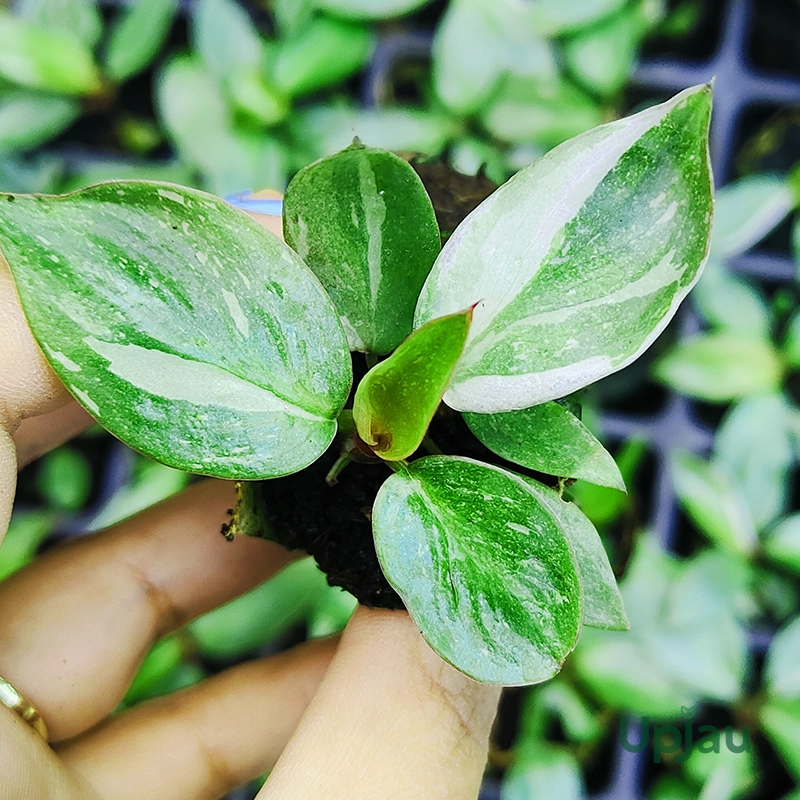




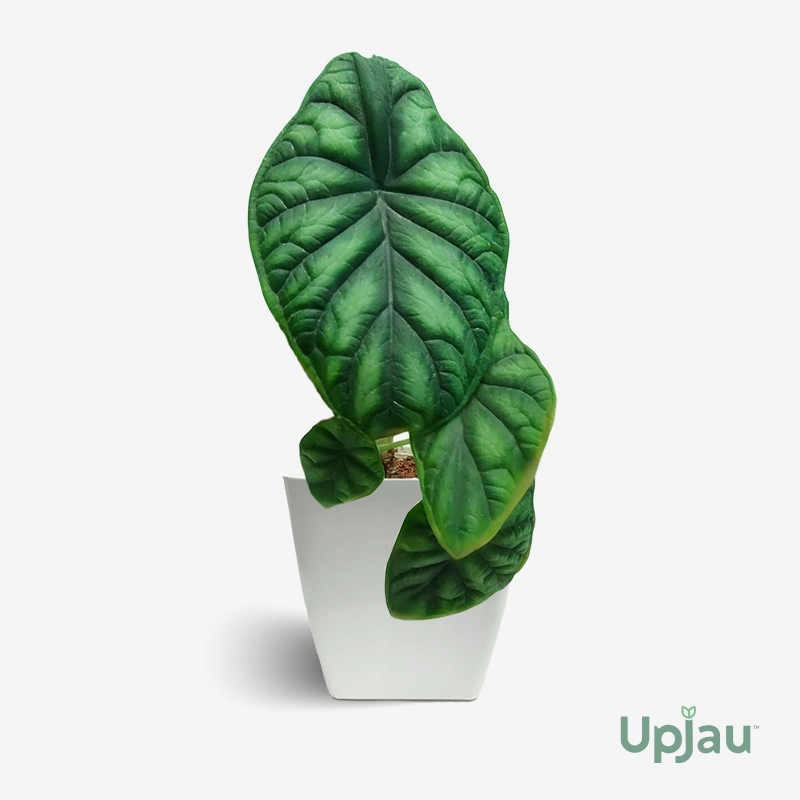


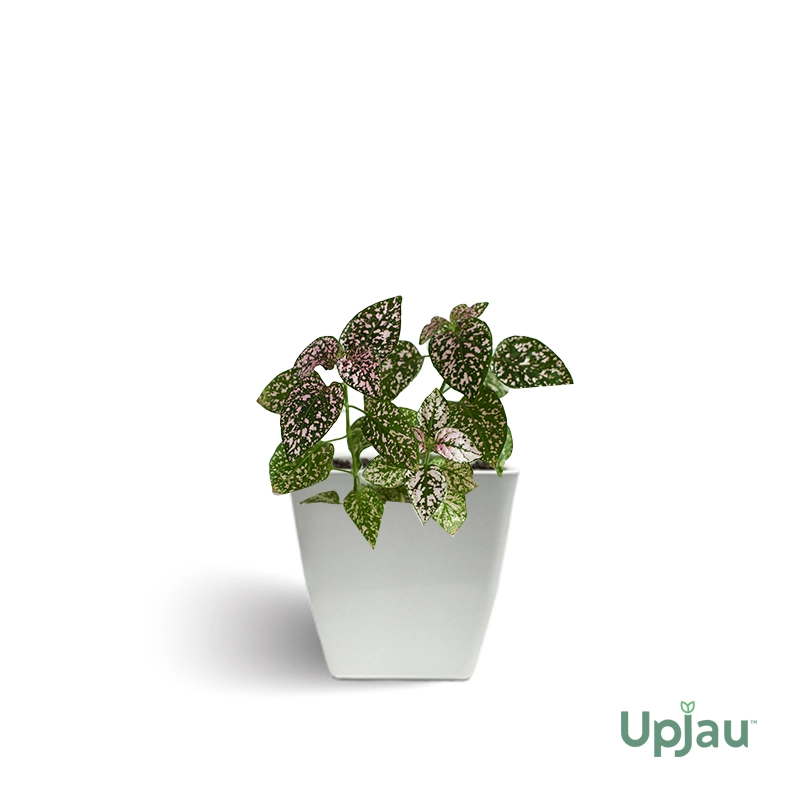
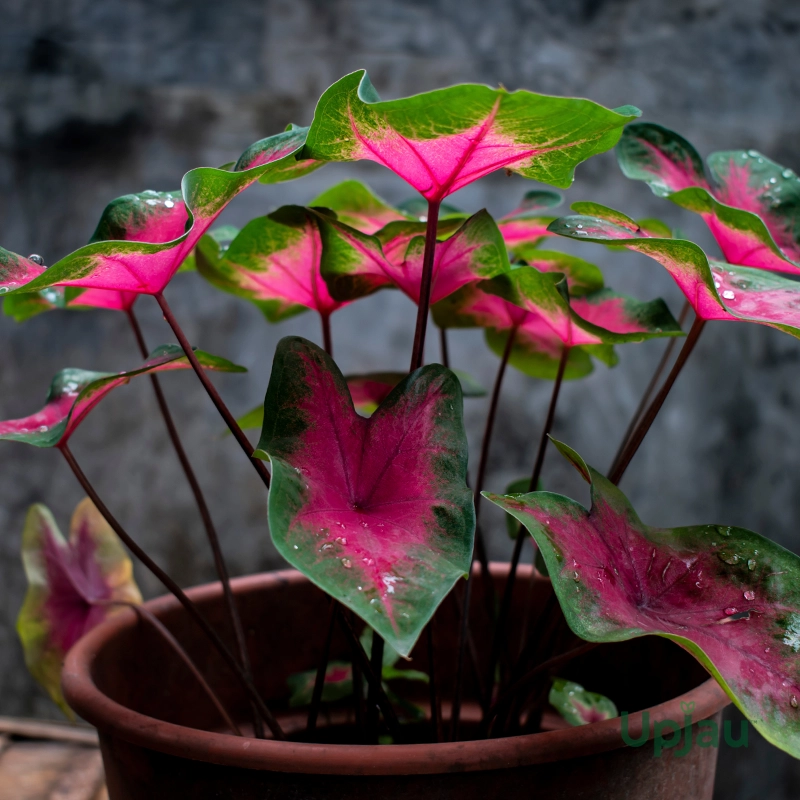



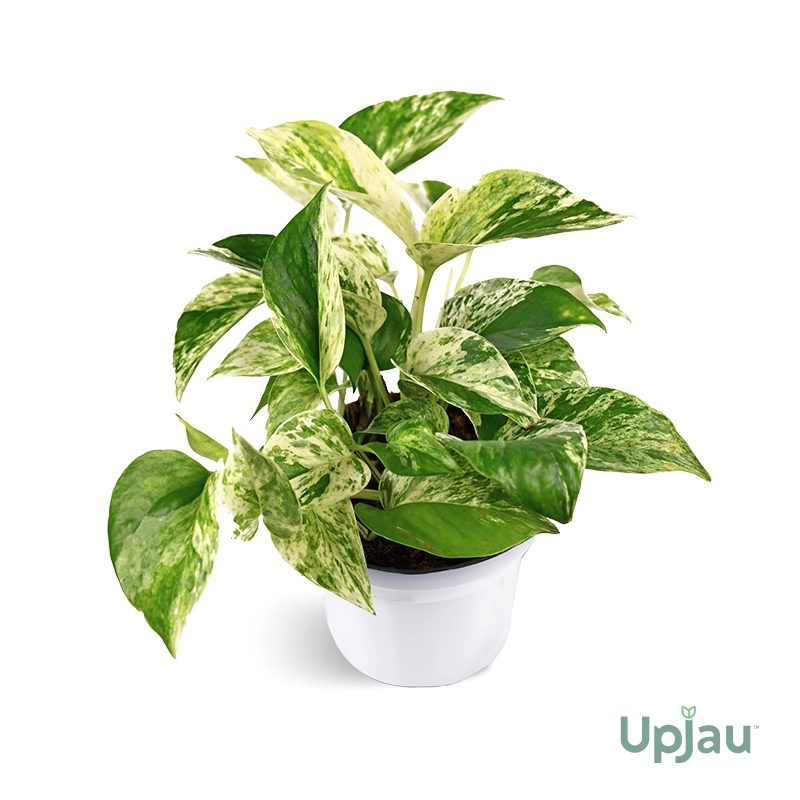
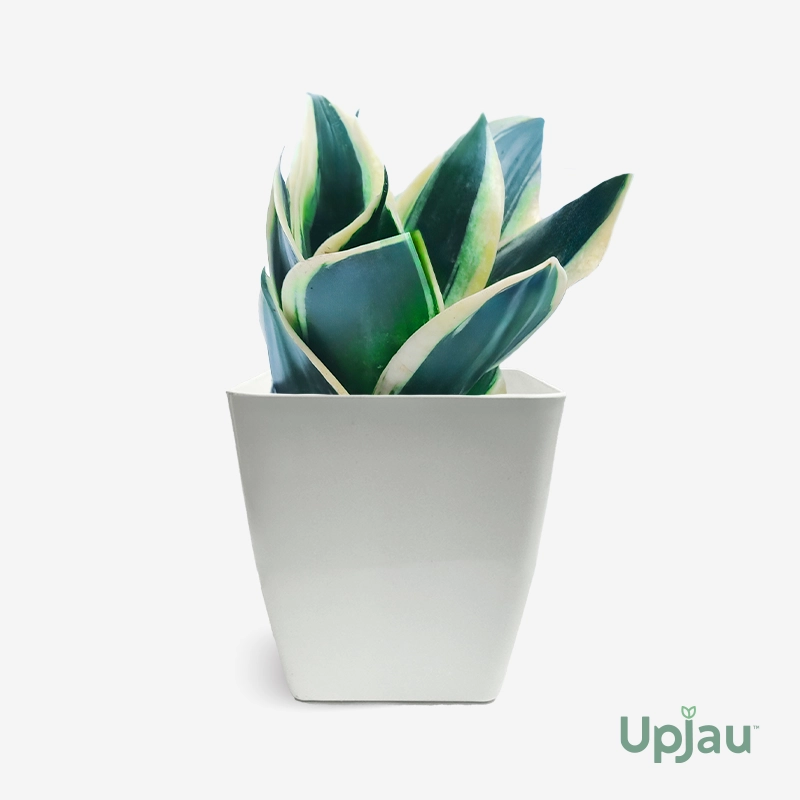
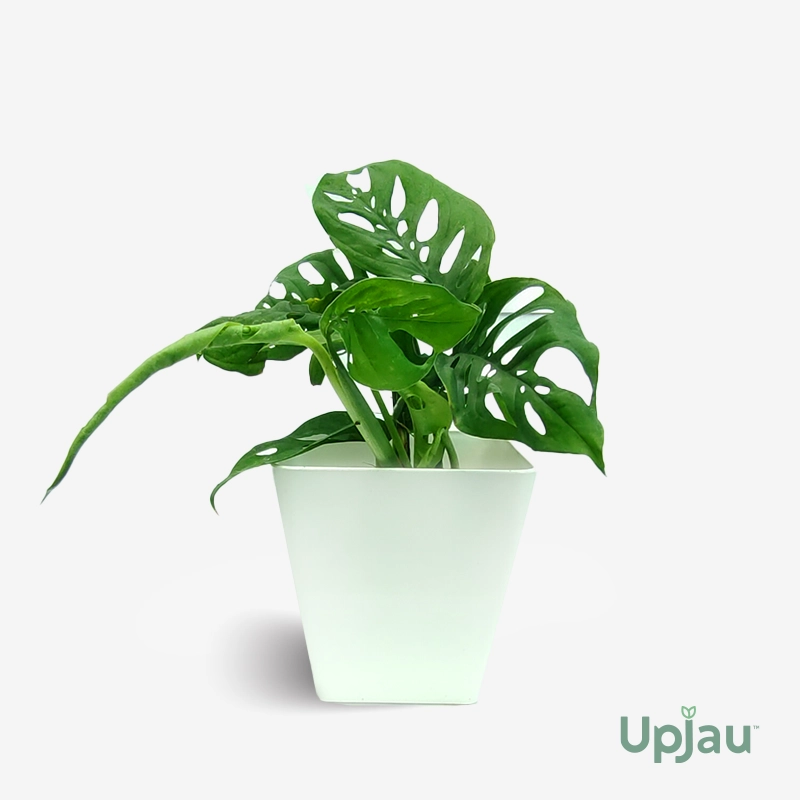


Reviews
There are no reviews yet.